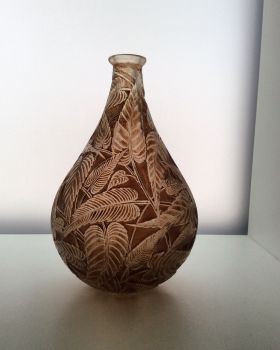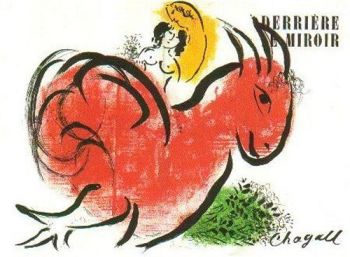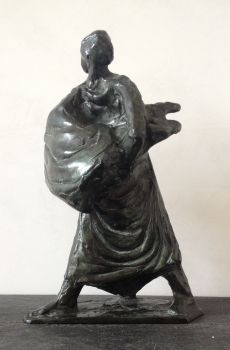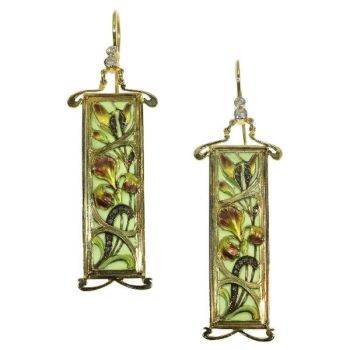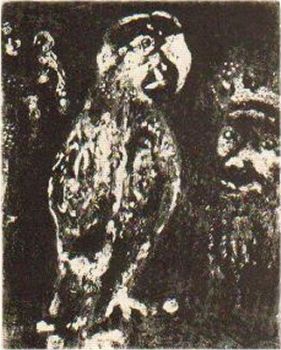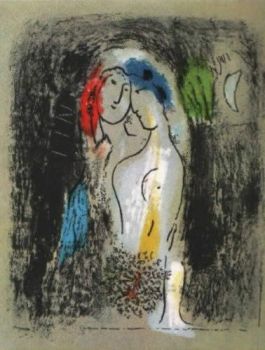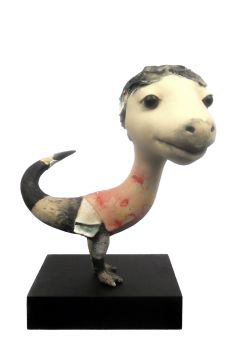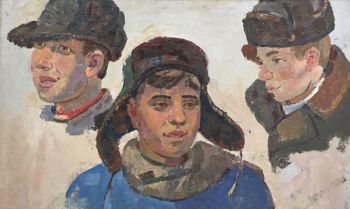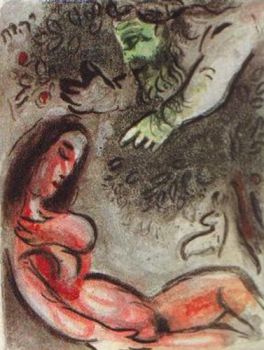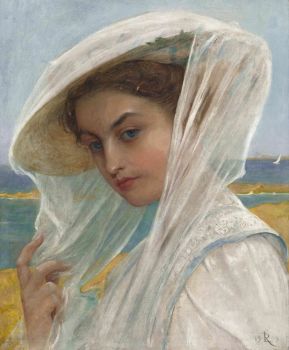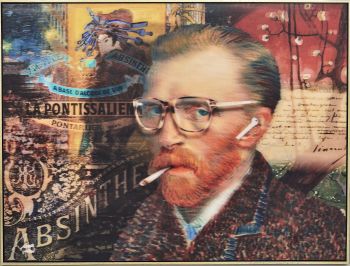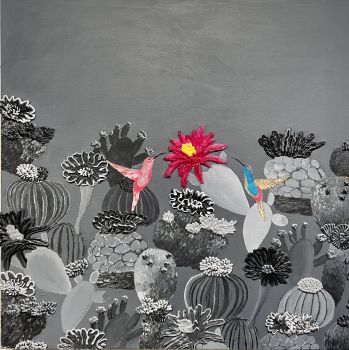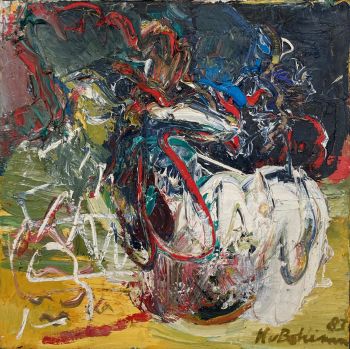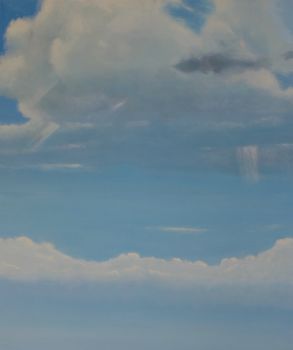About the artist
Joan Collette (1889, Delft – 1958, Nijmegen, the Netherlands), full name Johan Nicolaas Coenraad Collette, was a Dutch engraver, graphic designer, illustrator, monumental artist, painter, glass painter, wall painter, draughtsman, manufacturer of mosaics and bookbinding designer. He was educated at the Rijksnormaalschool voor Teekenonderwijzers (State Teachers’ College of Drawing) and at the Rijksnormaalschool voor Kunstnijverheid (State Teachers’ College of Applied Art) in Amsterdam, and he took classes of drawing at the Rijksacademie van Beeldende Kunsten (State Academy of Fine Arts) in Amsterdam. Collette also took lessons from Willem van Konijnenburg and private lessons (1909-1915) from Jan Toorop. In 1915, he settled in Blaricum. From 1922 to 1927, he worked at the painters’ firm Cuypers & Co in Roermond. At the beginning of 1927 he resigned and established himself as an independent artist in Nijmwegen. Collette was specialised in landscapes, portraits, drawings and cityscapes. Furthermore, he was active as a monumental artist, and he designed stained-glass windows, mosaïcs and wall paintings. His style is influenced by Toorop and he was also inspired by early Christian and Byzantine art, on which subjects he delivered lectures. His first monumental commission was a painting in the Saint Laurentius Church in Dongen, built by the architect Joseph Cuypers (a son of the famous architect Pierre Cuypers). Collette was a teacher of Decorative Painting and Mosaïcs at the Katholieke Leergangen/ Catholic Courses (Department: Architect Training) Tilburg.

